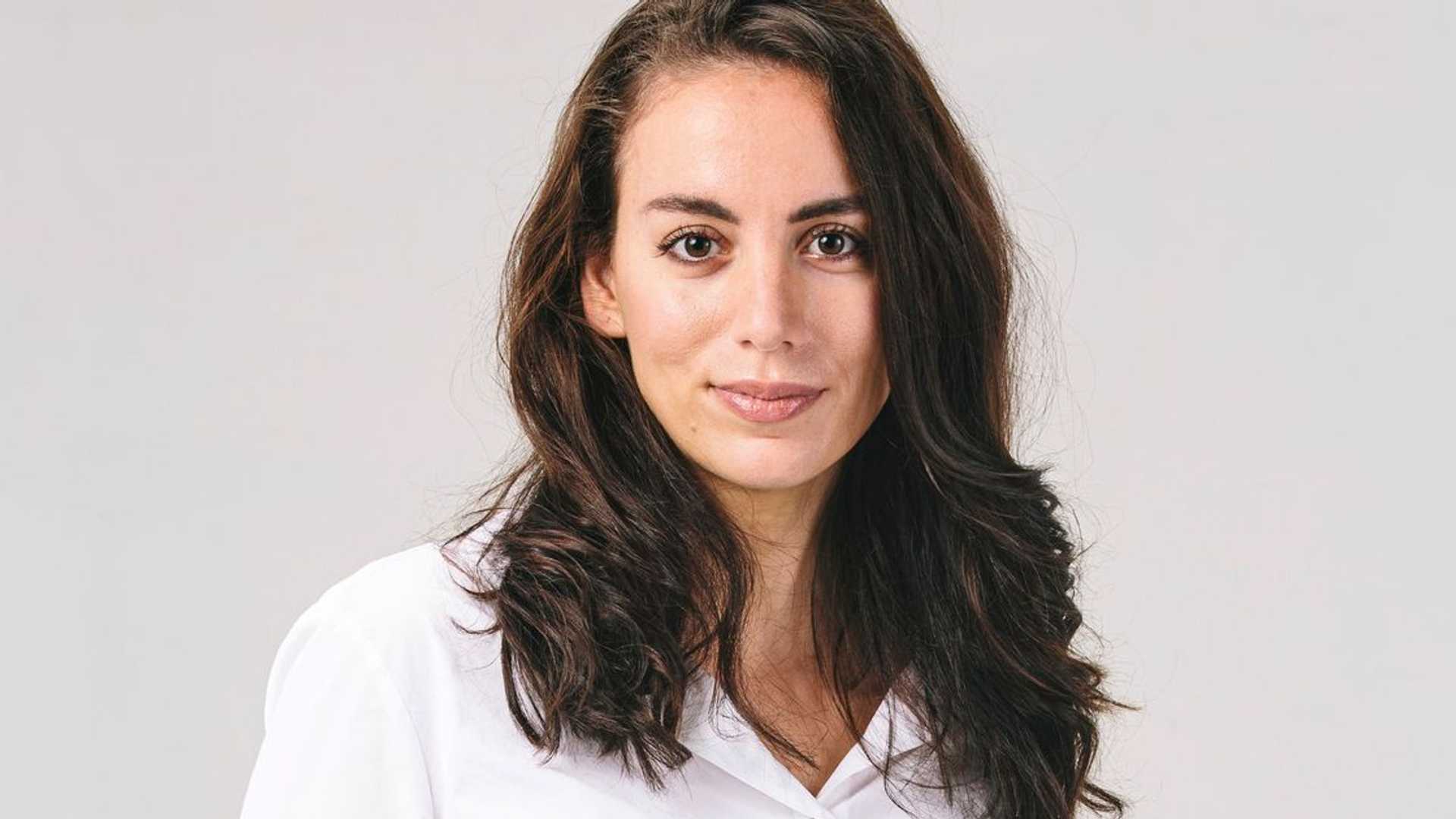OpenAI CTO Mira Murati Discusses ChatGPT and the Path to AGI
Mira Murati joined OpenAI back in 2018 when the nonprofit research lab was just starting to make waves in the field of artificial intelligence. Fast forward to today, and OpenAI has transformed into a business and attracted global attention with the development of ChatGPT - an advanced chatbot that has revolutionized the way we interact with artificial intelligence.
In this Insider Q&A, Murati talks about OpenAI's vision for the future of AI and the concept of artificial general intelligence (AGI).
OpenAI's Vision for AGI
At the heart of OpenAI's vision for AGI is the goal of building highly autonomous systems that are capable of producing significant economic output. But the key to achieving this safely is to align these systems with human intentions and ensure they benefit as many people as possible - ideally everyone. While OpenAI has made significant strides in this area with the development of ChatGPT, there is still a long way to go before a safe, reliable, and aligned AGI system can be achieved.
Challenges in Building AGI
One of the key challenges in building AGI is creating systems that have a robust understanding of the world, similar to how humans do. This requires training AI models on a variety of data types, including text, images, and other modalities. OpenAI has been working on scaling these systems to increase their generality, with the development of GPT-4 being a significant breakthrough in this area. GPT-4's increased capability around reasoning is crucial because it allows the model to understand high-level directions, making it easier to align with human intentions.
Ensuring the safety of these systems requires constant auditing and interventions at every stage of the model's development. For example, with DALL-E, OpenAI adjusted the ratio of female and male images in the training dataset to reduce harmful bias issues. However, creating interventions can create new imbalances, so it's important to constantly audit and adjust as needed.
Regulating AI
When it comes to regulating AI, Murati believes that these systems should be regulated and that government regulators should be very involved in the process. OpenAI has been working with governments, regulators, and other organizations to agree on basic safety standards for deployment of these models.
Evolution of OpenAI
Finally, Murati talks about the evolution of OpenAI from a nonprofit to a business structure. While the mission and motivation of people at OpenAI have remained the same, the thinking around the best way to deploy and ensure the safety of these systems has evolved significantly. And while the response to ChatGPT's release was significant, the underlying technology had been around for months, and OpenAI had high confidence in the limitations of the model from customers that had already been using it via an API.
In conclusion, OpenAI's vision for AGI is an exciting and ambitious one, but the path to achieving it safely and aligned with human intentions is a challenging one. With the development of ChatGPT and other AI models, OpenAI is making progress towards this goal, but there is still much work to be done to ensure a safe and equitable AI future for all.




















